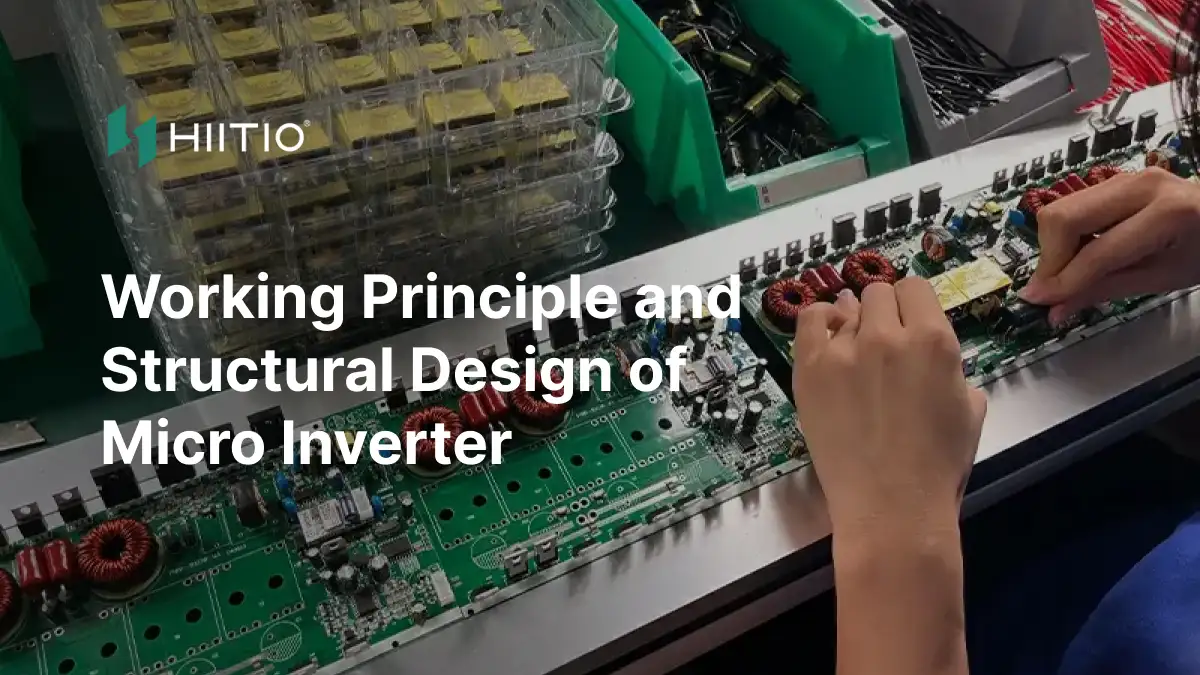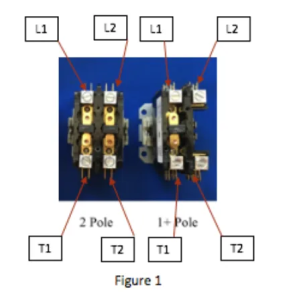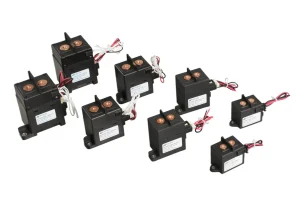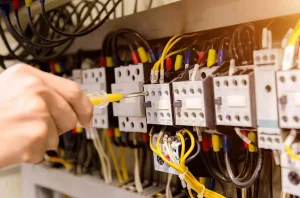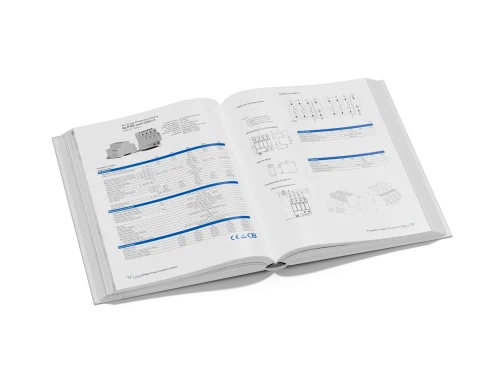With the accelerating process of renewable energy development, solar energy has become the focus of the world with its large reserves, wide distribution, and other characteristics. The utilization of solar energy is in the form of photovoltaic power generation. One of the most common forms of photovoltaic power generation is the microinverter.
What is a microinverter?
A microinverter is an electronic device used in a solar power system. It is less than or equal to 1,000 watts and has a module-level MPPT. Photovoltaic inverters are primarily used to convert the DC power generated by photovoltaic panels into AC power in order to supply power to a home or commercial grid.
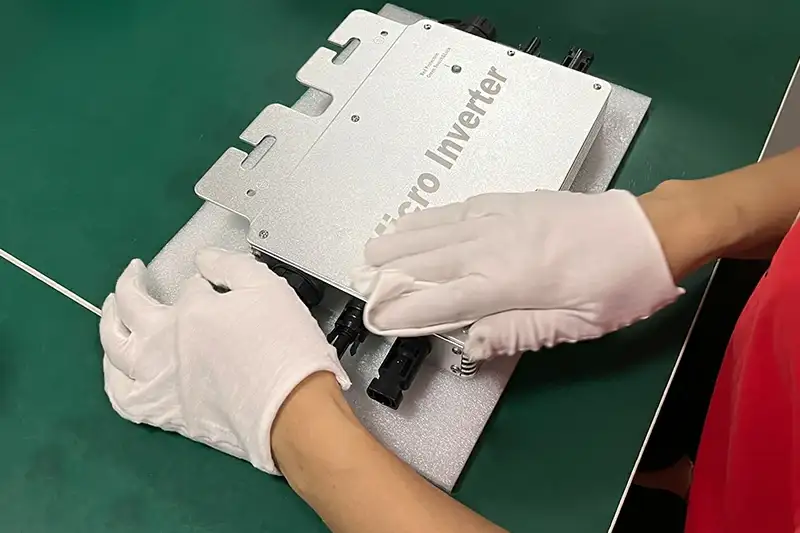
What are the components of a microinverter?
The structural design of a micro-inverter usually consists of the following major components:
1. Input circuit:
It is used to receive DC power input and rectify it to convert it to DC voltage.
2. Control circuit:
used to control the switching state and frequency of the switching elements to realize the conversion from DC to AC.
3. Switching components:
MOSFETs, IGBTs, and other high-frequency switching components are usually used to realize high-frequency switching operations.
4. Output Filter Circuit:
Used for filtering high-frequency alternating current, removing high-frequency components, and obtaining stable alternating current output.
5. Protection circuit:
It is used to monitor and protect the working status of the micro-inverter, such as over-current, over-voltage, and over-temperature.
These components cooperate to realize the function of the micro inverter. Through rational circuit design and control strategy, the micro inverter can efficiently convert DC power to AC power, which is widely used in various scenarios requiring AC power.
How does a micro-inverter work?
The working principle of a PV inverter can be briefly summarized in the following steps:
1. photovoltaic module power generation.
When the sunlight irradiates the photovoltaic module (e.g., solar panel), the photons interact with the electrons in the photovoltaic material, resulting in the escape of electrons from the material and the formation of a photogenerated current. This photogenerated current is DC.
2. DC input.
The photogenerated current is collected and delivered to the DC input of the PV inverter through the wires of the PV module. During this process, the DC current passes through fuses and DC disconnect switches to ensure safe and stable operation of the system.
3. DC to AC conversion.
The core part of the PV inverter is the inverter circuit, which converts DC to high-frequency alternating current (AC) through the conduction and shutdown of power electronic switches (e.g., IGBT, MOSFET, etc.). This high-frequency alternating current is processed by the filter circuit and turned into a stable sinusoidal alternating current.
4. AC Output.
The converted AC power is connected to the power grid through the output of the inverter. In this process, the inverter has many internal protection functions, such as over-voltage, over-current, under-voltage, etc., to ensure the quality and stability of the output AC power.
5、Grid-connected or off-grid operation:
According to the configuration of the system and the application scenario, the PV inverter can run in grid-connected mode or off-grid mode. In the grid-connected mode, the inverter will directly connect the converted AC power to the grid to supply power to households, enterprises or large-scale power systems; in the off-grid mode, the inverter will store the converted AC power in the battery for use in grid-free environments.
Reference:

